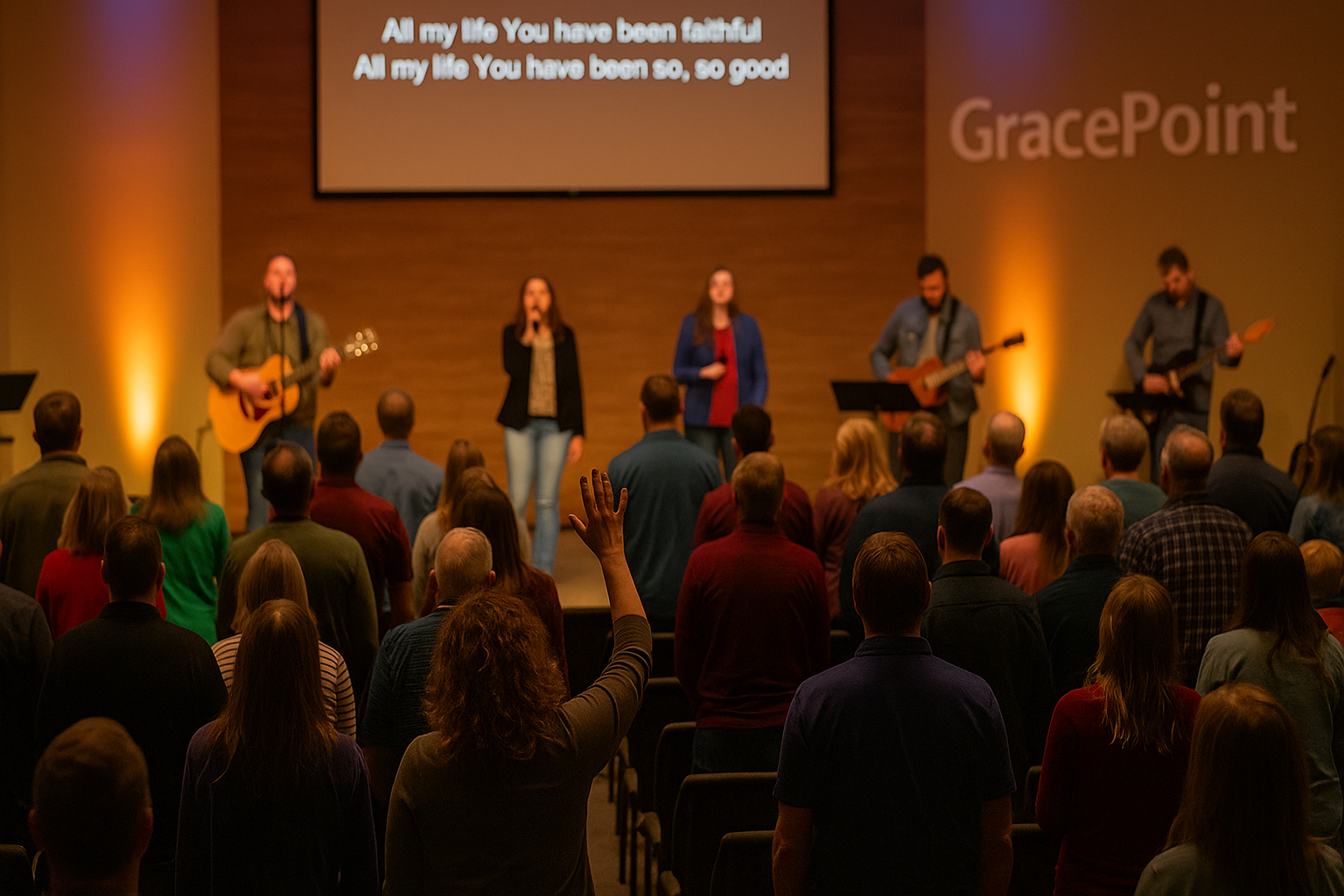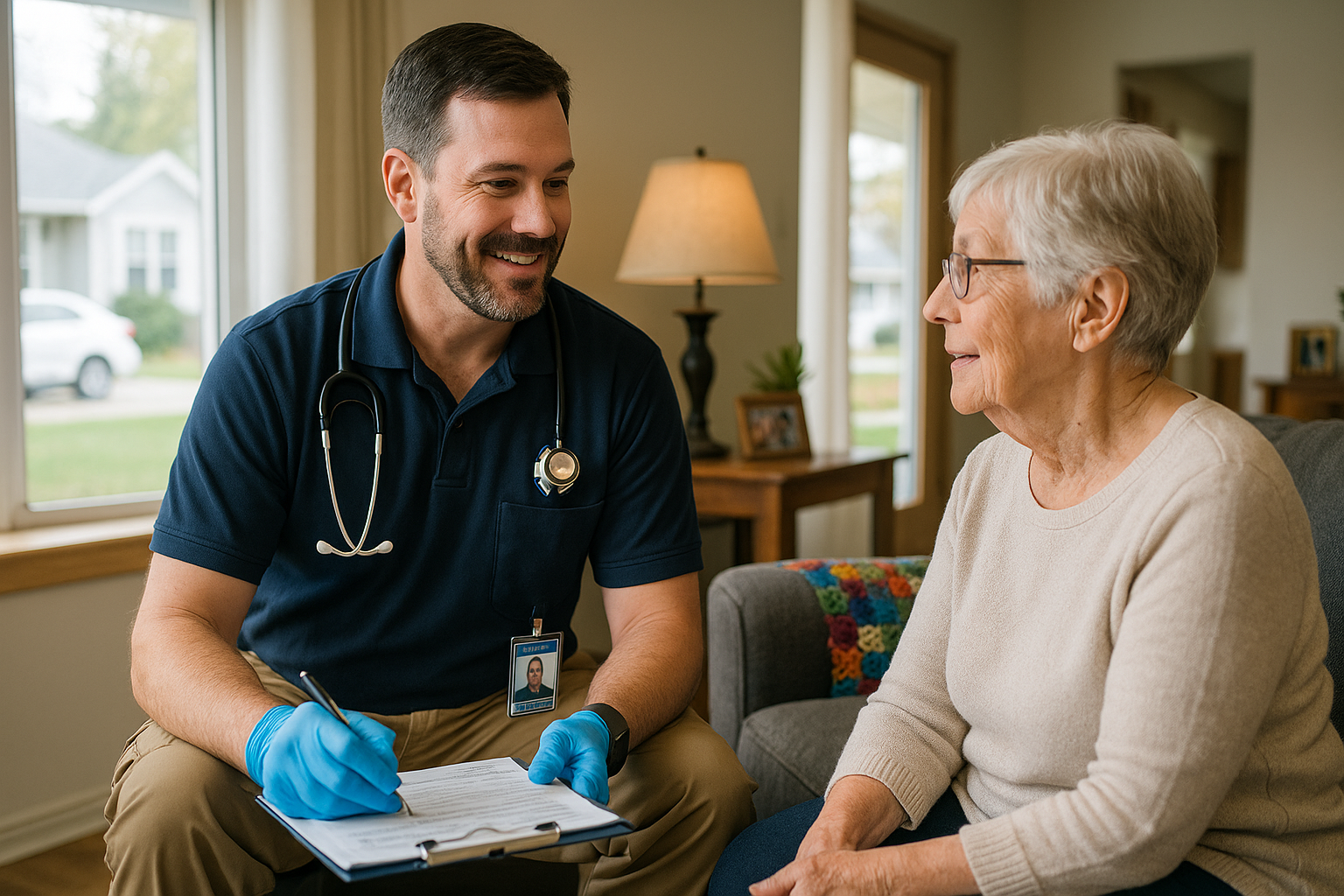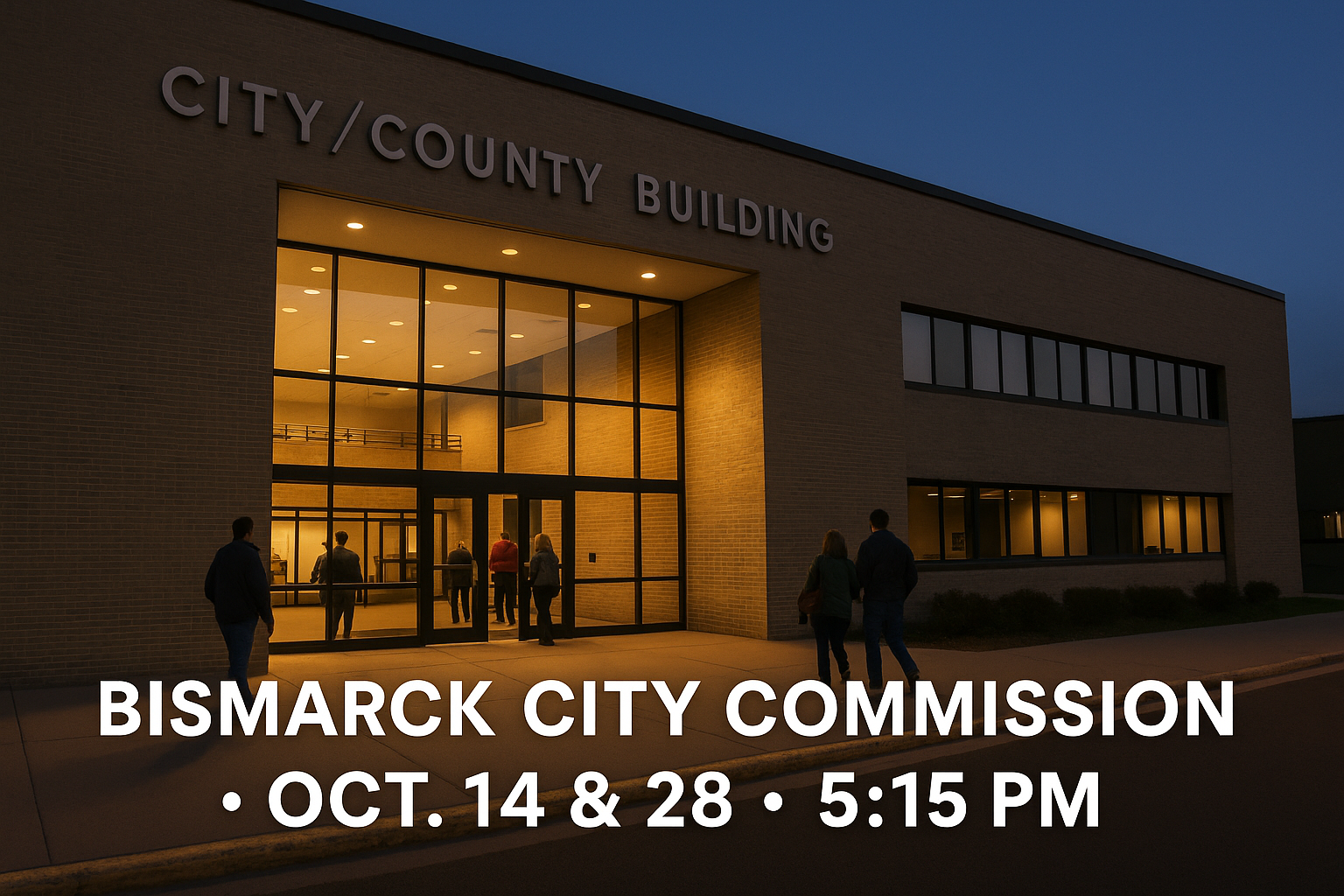GracePoint Church in Bismarck is bucking a nationwide attendance slump — adding nearly 200 regular worshippers over the past 18–24 months, even as many churches across the U.S. report declines.
Church attendance in the U.S. has dropped from around 42 % of adults historically to near 30 % more recently, according to Gallup and religious census reporting.
In North Dakota specifically, population grew ~16 % between 2010 and 2020, but the number of self-identified religious adherents fell ~5 %, suggesting many new residents are less religiously affiliated.
But in Bismarck, GracePoint is charting a different path. Lead Pastor Carey Green says they have intentionally returned to biblical teaching, fostered an invitational culture, and built community via small groups and digital outreach.
“That’s always hard to pin down, why a church is growing when trends are pointing in the opposite direction. But I think part of what we’re doing here at GracePoint is going back to the basics… teach people how to learn.”
He adds many new members joined via personal invitations from existing congregants. GracePoint is now bustling: even on a Tuesday morning you may find a Bible study meeting going on. The trend is all the more striking given the broader context of declining church attendance in the U.S. — especially in the Midwest and rural communities.
Meanwhile, other local churches are feeling pressure. The Catholic Diocese of Bismarck and Fargo, for instance, notes stability in clergy numbers locally (contrasting with priest shortages elsewhere), but still navigating how to maintain growth and engagement.
For Bismarck residents whose faith communities are shrinking or aging, GracePoint’s growth offers hope and a possible blueprint. It suggests that even in a region often seen as secularly resilient, adaptive ministry strategies (invitation, community, digital tools) can pay off. It may also shift how local church networks and inter-church dynamics evolve, as growing congregations attract more volunteers, youth, and resources.
On the civic front, thriving local congregations can have ripple effects in community service, social capital, and neighborhood cohesion.
Growth inevitably brings its own challenges — scaling infrastructure, maintaining close community, training leaders, and ensuring newcomers are engaged (not just counted). GracePoint will need to balance expansion with depth.
They also face the broader winds of secularization, generational shifts, and the marketplace of ideas. The question is: can their approach remain sustainable and replicable in Bismarck and nearby communities?
In a time when many congregations are shrinking or drifting, GracePoint’s upward trajectory in Bismarck stands out. It shows that local adaptation, relational outreach, and faith-rooted consistency can still move the needle — even in challenging cultural tides.
If you live in Bismarck and want to see what’s fueling this growth or get plugged in, checking out one Sunday at GracePoint Church Bismarck might just surprise you.


